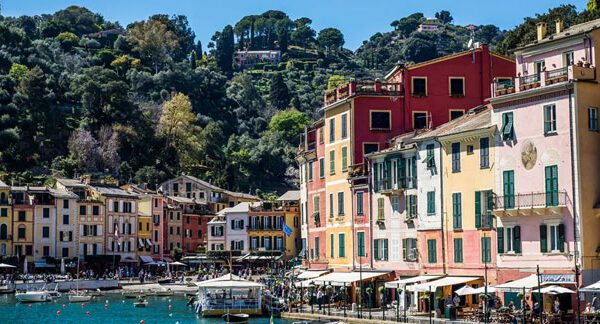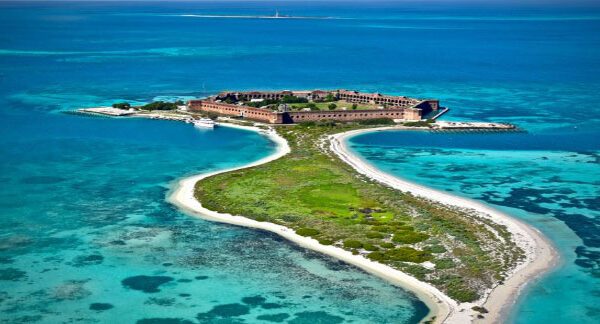The story of the Purple Island of Qatar, how the revolution in the world of colors started here
There is a small island off the coast of Qatar that seems to be from Saudi Arabia. This place is also called ‘Treasure of Nature’. Not only its name attracts you but also its history. This is ‘Purple Island’.
In a country that barely receives an average of 71 millimeters of rain annually, it remains green in every season. Because of this it becomes special for everyone. It is completely surrounded by mangroves.
There are also small beaches and natural saltwater lakes with a variety of birds including flamingos and other marine life. There are also ruins of some old structures which can arouse curiosity in your mind.
The remains of some sea snails were found here, which gave the island its name 2000 years before Christ and started an interesting industry.
It was these small sea snails from which the world’s oldest, most expensive, most famous and brightest colors were prepared. In fact, Purple Island is known as the oldest place of production of this magnificent color even today.
It was this purple color that made today’s Lebanon and the Phoenician city of Tire famous as the center of the dye industry.
The purple colored cloth of the city of Tire popularized the Phoenician civilization. Some historians also claim that Phoenicia means ‘Land of Purple’.
From here, the purple color reached the Romans through the ancient city of Carthage on the shores of Tunis Lake and became a symbol of royalty and power.
The smell of luxury
In fact, the more beautiful the purple color looks, the more laborious and smelly the process of making it is. Actually, this is the opposite of this beautiful color.
This color is associated with royalty, luxury, intellectual elevation and spiritual ideals, but for thousands of years it has been extracted from a gland found behind the anus of small sea snails.
Not only is the method of removing it not correct, but during this time, a heavy stench spreads. Although this color is considered a symbol of height, but this process of extracting it is stained with dirt.
In fact, in this process thousands of snail glands are removed and crushed after they are rotted. Then they are dried in the sun. This color is extracted in this way to dye a piece of cloth.
The Roman writer Pliny the Elder wrote in his work ‘Natural History’ describing this process that it took at least two weeks to complete this laborious process.
In this way, the clothes dyed with the color extracted from the snails were full of bad smell even after being dried.
But while the other colors used in clothes would fade quickly, this kind of purple color would bloom more with the weather and the clothes. Due to the magical quality of this color, its price was very high.
At the time of the Roman emperor Diclotian in 310 AD, one pound of purple dye was worth one and a half million denarii (Roman currency). That is, three pounds of gold is found in it. According to today’s gold price, its price would be 85 thousand dollars.








